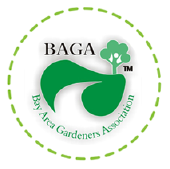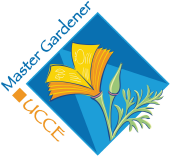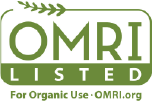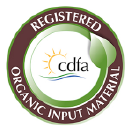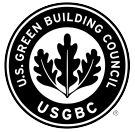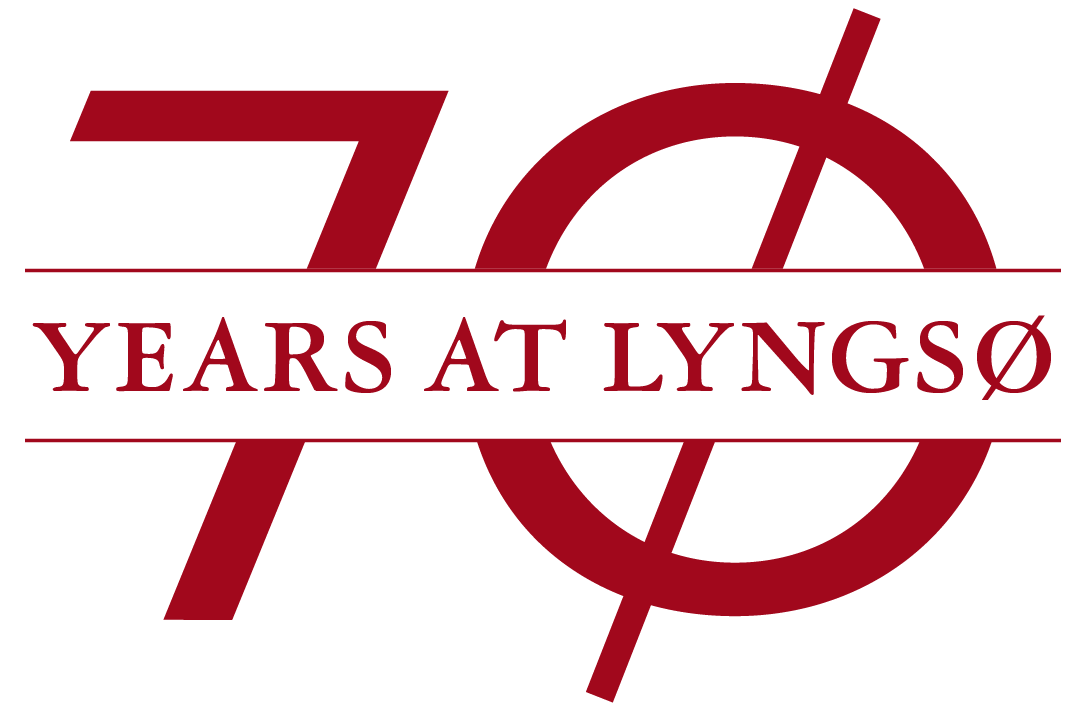Soil is life. Everything from plants to more complex organisms that consume organic matter rely on it. The ideal soil consists of a balance of clay, sand, loam, organic matter, minerals, water, and air. Sounds simple, but anyone who has tried to grow tomatoes next to corn knows better.
Determining what your soil requires to create the optimal conditions for growth can be challenging. The first step in understanding the best soil for your needs is to determine what you want to plant and where you want to plant it. If you’re planting directly into the ground, you most likely will need to amend your soil to help your plants grow. To determine how to amend, we suggest testing your soil with a home kit or consulting a soil specialist. If you’re planting in raised beds or planters, then you simply need to determine what you’re planting, and then choose the right type of soil to meet its needs.
The Best Soil for Raised Beds, Vegetables, and Fruit Trees
Vegetables and fruit trees need organic matter, water penetration, good aeration, and enough structure to support rapid root growth. Loamy soil – made up of sand, silt, and clay – is most desirable as it contains a plethora or nutrients, retains moisture well, and has the ability to drain at a proper rate. If your soil is too sandy, silty, or dense with clay, you’ll need to add amendments to balance it out. We suggest the following:
Essential Soil Blend for Vegetables and Fruit Trees
Essential Soil Blend is an all-natural mix that is engineered to resist compaction, has excellent water penetration, good aeration, and will support rapid root growth. Essential Soil Blend is recommended for raised planter beds and will support excellent root growth. It’s an ideal soil for vegetables and fruit trees.
Essential Soil Blend is comprised of the following: Pea Gravel, which is an inorganic mineral component for drainage and aeration; Organic Garden Compost that provides organic matter and soluble nutrients; Fir Bark, which is a wood amendment that acts as carbon matter; Coarse sand, which is an inorganic mineral component; and a bio-nutrient package that provides soil microbiology.
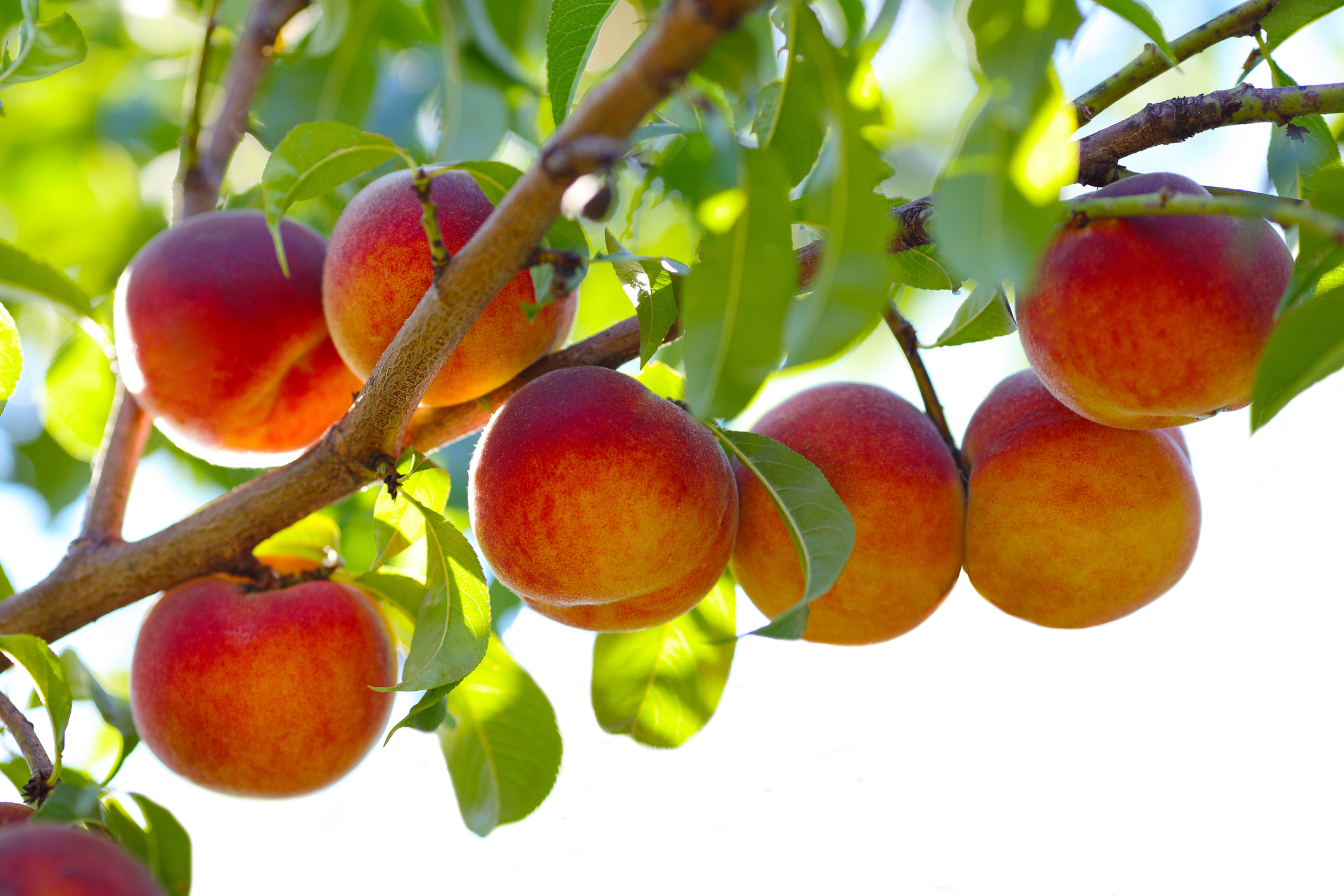
Lyngso Vegetable Blend
Lyngso Veggie Blend is a ready-to-plant blend of Sandy Loam, Organic Diestel Structured Compost, and Redwood Sawdust. The Sandy Loam provides minerals and clay that help the soil retain moisture, the Diestel Structured Compost is a composted turkey manure filled with life and food, and the Redwood Sawdust breaks down very slowly over time and helps keep the soil open and aerated. Lyngso Vegetable Blend is listed as OIM for organic use by CDFA.
It is a good general mix for all veggies, and will perform best when you apply a light application of a balanced organic fertilizer, such Down to Earth All Purpose or Bio-Live, once or twice during the growing season after the plants are established.
The Best Soil for Acid-Loving Flowers
Flowers such as Azalea, Camellias, Japanese Iris, Begonias, Rhododendron, flower bulbs and many other varieties flourish in acidic soils that have a low pH, good water drainage, support root permeability, and provide adequate nutrition. Some flowers can be a little more fussy when it comes to the pH, however most of these will thrive in a quality soil. Our best suggestion is the Rhododendron Mix.
Rhododendron Mix
Rhododendron Mix is a mixture of Mini Mulch Fir Bark, Small Fir Bark, Horticulture Lava, and Organic Diestel Compost. Amend your planting hole with equal parts native soil and Rhododendron Mix. For areas with heavy clay soil, plant the Rhododendrons a little higher than the grade. This will provide better drainage and aeration.
The Best Soil for Cleaning Stormwater Runoff
Rainwater running off your landscape may sound great, but for your soil composition, plant health, and the surrounding waterways, it is not. Pesticides, fertilizer, motor oil, and several other components may be picked up and distributed into unwanted areas. To prevent this, we suggest the following soil mix:
Biotreament Soil Mix
Biotreatment Soil Mix is very effective at filtering stormwater runoff before it enters our aquifers and waterways. Water that is run through the mix is filtered, thus cleaning up the biology and reducing pollutants and sediments. Biotreatment Soil Mix will support many vernal and riparian plant communities, and their roots will also help clean the stormwater runoff. The quality of water going into our streams, creeks, bay, and ocean will be much improved, which will create a healthier habitat for our native amphibians and fish. Biotreatment Soil Mix meets the Bay Area Stormwater Management Agencies Association (BASMAA) specifications.
Soil for Pots and Raised Planters
Pots and raised planters have an advantage over the ground because they rely less on the natural composition of the soil, and more on the type of blend you put in them. We suggest filling your planters and pots with an essential blend or potting mix.
Potting Mix (Blend)
Potting Mix Blend was designed with containers in mind. Potting Mix Blend consists of Sandy Loam, Horticulture Lava, coarse sand, Organic Garden Compost, Fir Bark, Ligna Peat, Organic Feather Meal and Organic Fish Bone Meal. Simply fill your containers and planters with the Potting Mix and plant. Potting Mix can also be used as a soil amendment to aerate and retain water within the soil. Spread it two to three inches over the planting bed and mix it in with the existing soil. For native California plants, we suggest using one-third Potting Mix, one-third native soil, and one-third of the soil the container comes in. If high nitrogen levels are desired in the mix, use a slow-release organic fertilizer, such as our Down to Earth Feather Meal 12-0-0, or you can add our Organic Diestel Compost or Biodynamic Bu’s Blend Compost to the mix.
The Best Soils for Other Landscaping Needs
If you build it, they will come. If you lay it, they will grow. Laying a soil mix that is all-purpose is a great way to boost the overall quality of your soil to promote the growth of wildflowers and/or natural grasses. Below are a few mixes that target more specific conditions and scenarios.
Landscaping Mix
Our Landscape Mix (formerly “Nursery Mix”) is an all-purpose soil mix for outdoor use. It contains Sandy Loam, Redwood Sawdust, Organic Garden Compost, and Organic Crustacean Meal. You can spread it out over an existing soil and turn it under wherever you need to raise the grade and improve your soil. Our Landscape Mix can also be used under new sod installation with an application of Bio-Turf or Bio-Live organic fertilizers.
Organic Amendment Mix
Amendment Mix is a blend of Organic Green Waste Garden Compost, Redwood Sawdust, and Organic Feather Meal. This mix is generally used for improving soils’ water retention and aeration. Amendment Mix helps open up clay for rainwater to be held and moved through the soil. It’s an excellent choice for new sod installations and for generic all-purpose soil amending. For additional organic fertilizer and microbiology, mix in Bio-Live 5-4-2 while amending.
Green Roof Mix
Our Roof Mix is a blend of Horticulture Lava, Compost, Fir Bark, and coarse sand. It is designed for applications not to exceed 18 inches in depth. Green roofs are known to reduce stormwater runoff, mitigate the urban heat island effect, provide insulation, improve air quality, serve as community gardens and recreational space, aid in increased biodiversity, and provide a habitat for wildlife.
Sandy Loam
Sandy Loam is ideal for backfilling any deep areas that need to be filled without using organic matter. Use Sandy Loam to amend organic matter, like compost, to make your own soil mix composition.
Your Soil Matters
Helping your soil be alive, organic, and full of life is a great way to promote your plants’ optimal growth. Test for success, supply what is missing, and see desirable results. If you have further questions or need assistance, our family at Lyngso is here to help! Please contact us.







